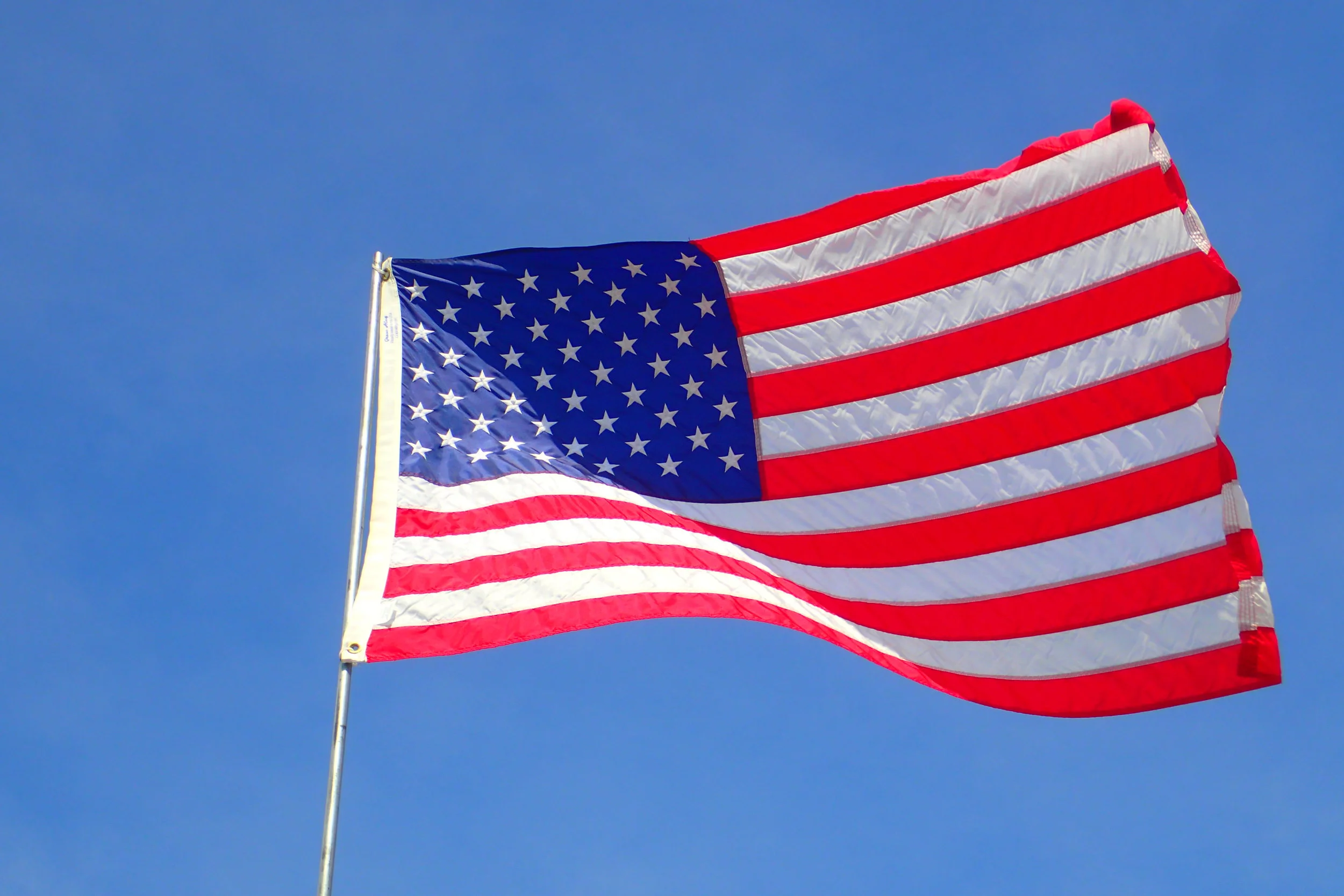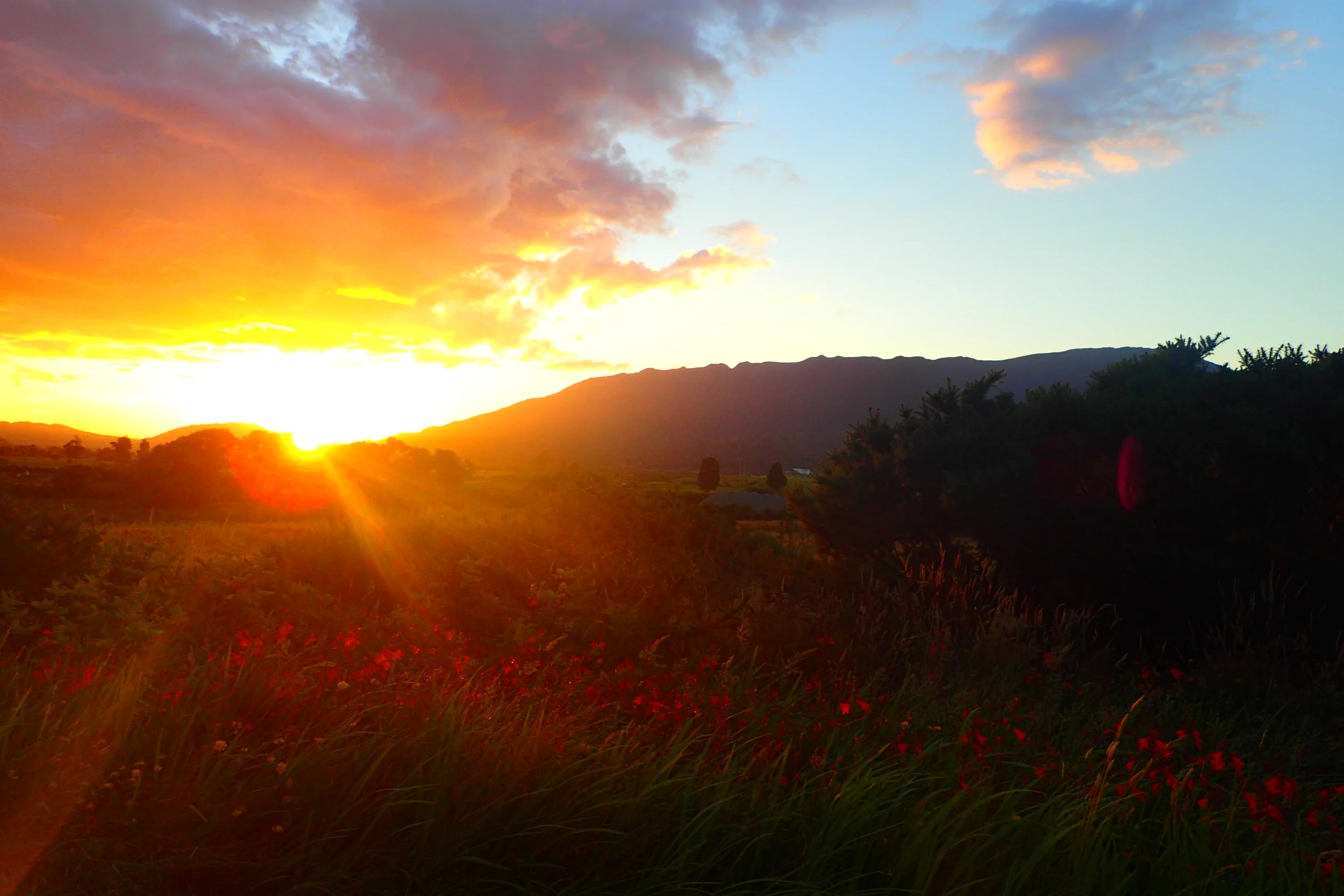A few weeks ago, I visited the island of Oahu in Hawaii while a transition of power took place back on the mainland. Former President Obama gave way to the Trump administration. On the day that followed, over 2.5 million people marched for women's rights, human rights, and more across the world.
I marched with Hawaii.
On a rainy, windy morning in the middle of my vacation, I drove to Hawaii's state capitol to join over 8,000 others marching. The woman who created the original Facebook invite calling for a march after the election back in November is from Hawaii. So I felt being present at this particular march, the birthplace of the idea, was extra special.
Below, I share photos and video from the march and the rally afterwards which included messages unique to Hawaii and its culture. I also share my perspective as a world traveler participating in this worldwide protest that united cities and even some political opponents.
The Origins of a March
After the election results came in on November 8, 2016, an upset and discouraged Maui resident, Teresa Shook, took to Facebook to write, "I think we should march." She created a Facebook event page for a Women's March that drew in over 10,000 confirmed attendees overnight.
By the Saturday after Trump's inauguration, millions of people worldwide marched and stood together. This worldwide march was the result of a single suggestion from one grandmother of four on a tiny island in the pacific ocean. Nothing short of amazing.
Interestingly, Hawaii sits somewhere just after the International Date Line—the imaginary line that marks where the time zone flips one day ahead or behind. Hawaii is positioned to the east of the line, meaning the rest of the world would march that Saturday hours before or even a day before Hawaiians would.
For 24 hours, I watched as a wave of protests washed across the world starting in New Zealand and Australia. Friends and fellow travelers began posting their photographs on social media depicting hundreds of thousands in the streets wearing pink cat ears and carrying inspirational signs.
Auckland, Sydney, Bangkok, New Delhi, London, Berlin, Paris, Reykjavik, Buenos Aires, Mexico City, Paradise Bay (Antarctica!!)...
My New York friends and colleagues shared photos with me from the New York and the DC marches. Then friends all across the mainland to San Francisco shared and shared.
My best friend marching in San Francisco
If I wasn't already pumped to go, by the time I woke up on Saturday morning, I was absolutely bursting with excitement to attend the march in Honolulu.
The March in Honolulu
I woke up on the North Shore of Oahu and drove an hour or so down to Honolulu. People were gathering at the State Capitol Building and marching from there. I arrived just as marchers were beginning their walk off the capitol building lawn out onto the street.
Women, men, and children. All were marching in peace to make a statement to the White House about who and what is important to the people: protecting women's rights, human rights, and the environment.
One thing that I really loved about the march was the severe lack of a police presence. This was nothing like the police in all the marches I have been to in New York. The few cops who were around were on bicycles or standing off to the side ensuring people were not hurt in oncoming traffic.
The fact that cops were there to protect the people rather than fight against them was astonishing to me.
I felt nothing but support from all angles—even the traffic was incredibly engaged and encouraging. Many cars drove us, honking away, causing an uproar of cheers from the marching crowd.
Here's a bit of video I took of the marchers:
Some of My Favorite Signs
And some photos I took of my favorite signs...
Non-Partisanship at the Rally
A rally at the state capitol building after the march included many inspiring activists and speakers from multiple political perspectives.
One of the strongest, and most uniquely Hawaiian, messages drew a parallel between the resistance against the Trump administration and the resistance Hawaiians demonstrated during its overthrow in 1893.
Young women read words directly from Liliuokalani, Hawaii's queen, spoken in peaceful protest against American interests 124 years ago.
The following video shows those women, standing in front of a hand-made sign reading Onipa'a—the last word Liliuokalani spoke to her people as their queen. Onipa'a means "steadfast" in Hawaiian.
Another speaker at the rally was house minority leader and Republican, Beth Fukumoto.
Her words at the rally, I feel, represent what should be a non-partisan sentiment in response to the new administration.
I recently learned Beth Fukumoto's republican colleagues voted her out of her position because of her participation in the women's march. When asked to, she refused to remain silent in protest of President Trump for the remainder of his term.
The only house representative who supported her, Cynthai Thielen, said "God I am sorry to lose our minority leader, someone I so deeply, deeply respect—the face of Republicanism as it should be, but it won't be any more."
Beth Fukumoto is now considering a switch to the Democratic party.
The True Meaning of Aloha
By far, my most favorite message of all at the Honolulu women's march was a little girl's sign that read, "Aloha for all." It was a message that I know I would not have found on the mainland.
Most people know aloha as the Hawaiian greeting in place of "Hello" and "Goodbye." For a long time, I didn't know it meant more than that. The women's march taught me the deeper meaning.
Aloha is a way of life centered on the ideals of love, peace, and compassion. It forms what is often referred to as the "Aloha Spirit"—something that makes up a moral and spiritual foundation for the people of Hawaii. And it is conveyed in every aspect of life.
Aloha is a wonderful message to spread. It sums up the message of all Hawaiians and people across the world on the day we marched in solidarity.




